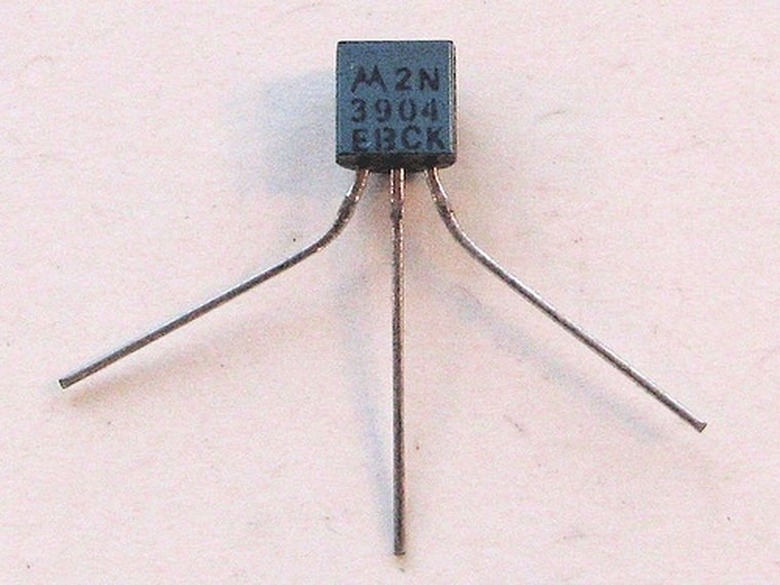Why Are Transistors So Important?
Much of the progress in the past 60 years has been because of the success of the transistor. Invented in the 1940s, it replaced vacuum tubes in televisions, radios and other electronic equipment. Its ruggedness, small size and low power consumption produced a wave of miniaturization resulting in home computers, digital cameras, cell phones and other devices. Research in transistors is ongoing; the capability of electronics will continue to improve for the foreseeable future.
Switching
Switching
Transistors make excellent electronic switches. They can turn currents on and off billions of times per second. Digital computers use transistors as a basic mechanism for storing and moving data.
Amplification
Amplification
Properly set up, transistors can serve as amplifiers. The vast majority of audio and other signal amplifiers are transistorized.
Miniaturization
Miniaturization
Depending on the application, transistors can be made very small. The transistor size in 2009 is billionths of a meter. Masses of tiny transistors packed on silicon chips let us create pocket-sized cell phones and Mp3 players.
Efficiency
Efficiency
Transistors can be designed to use very little power. Millions of them in a watch or calculator can run for years on a small battery.
Rugged
Rugged
Transistorized equipment is used in military, space and industrial applications. They can withstand extremes of shock and vibration.
References
Cite This Article
MLA
Papiewski, John. "Why Are Transistors So Important?" sciencing.com, https://www.sciencing.com/transistors-important-5407975/. 24 April 2017.
APA
Papiewski, John. (2017, April 24). Why Are Transistors So Important?. sciencing.com. Retrieved from https://www.sciencing.com/transistors-important-5407975/
Chicago
Papiewski, John. Why Are Transistors So Important? last modified March 24, 2022. https://www.sciencing.com/transistors-important-5407975/
